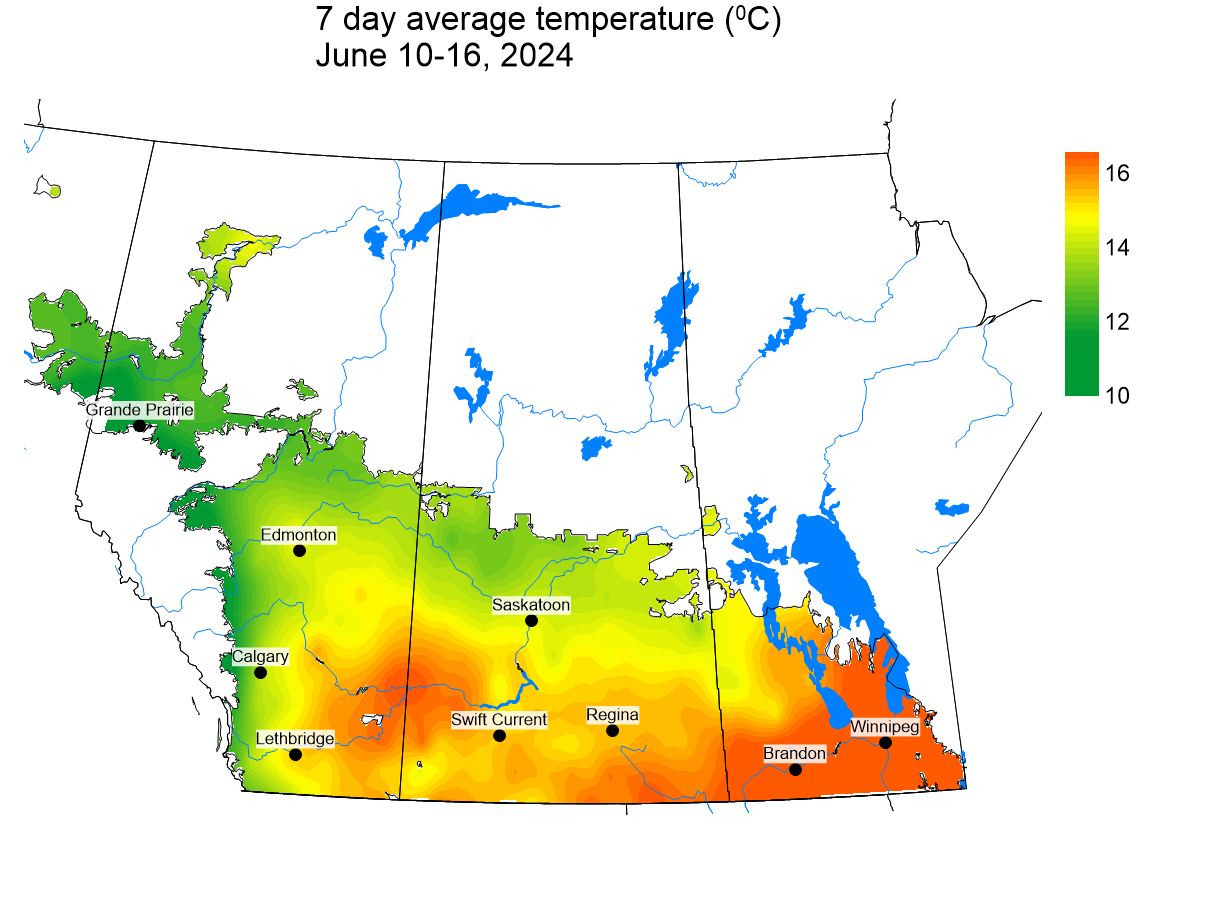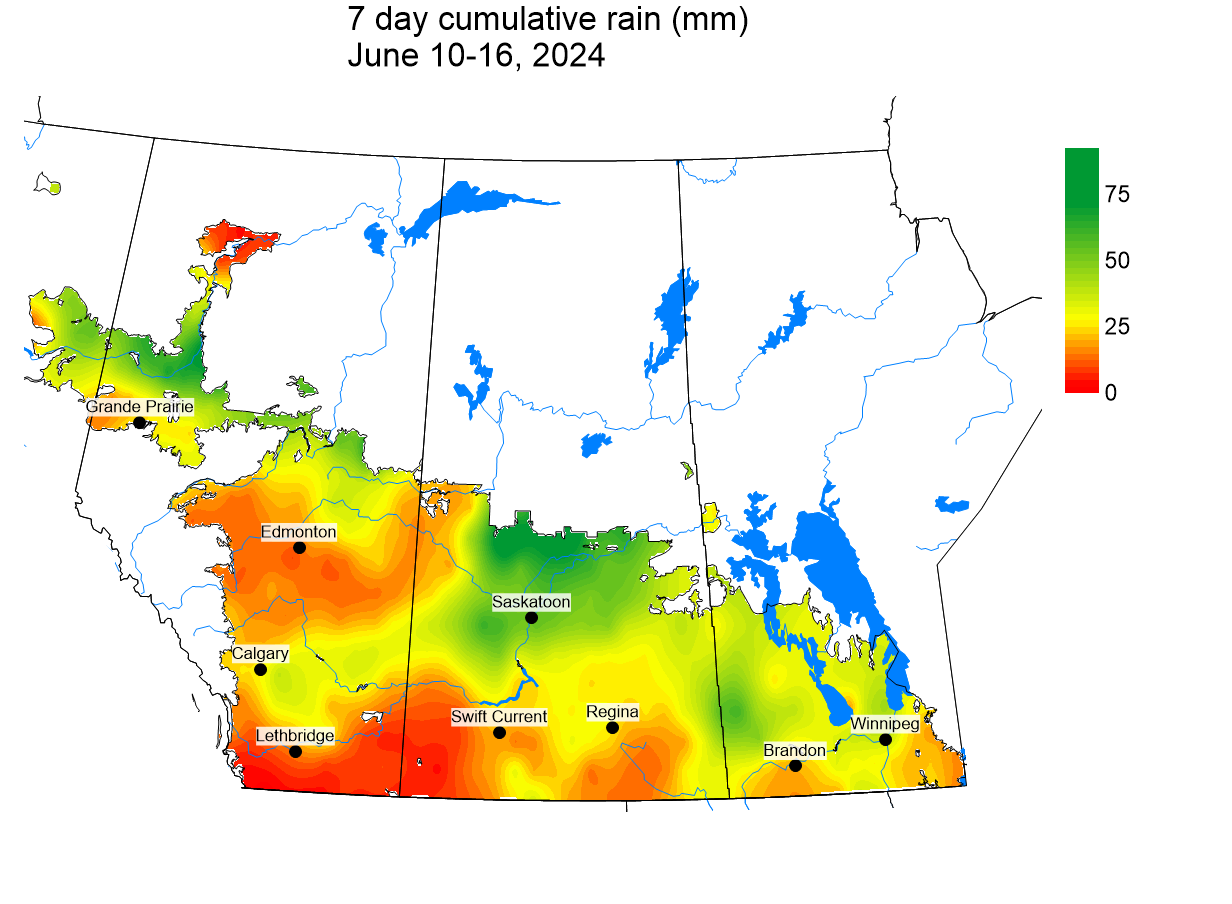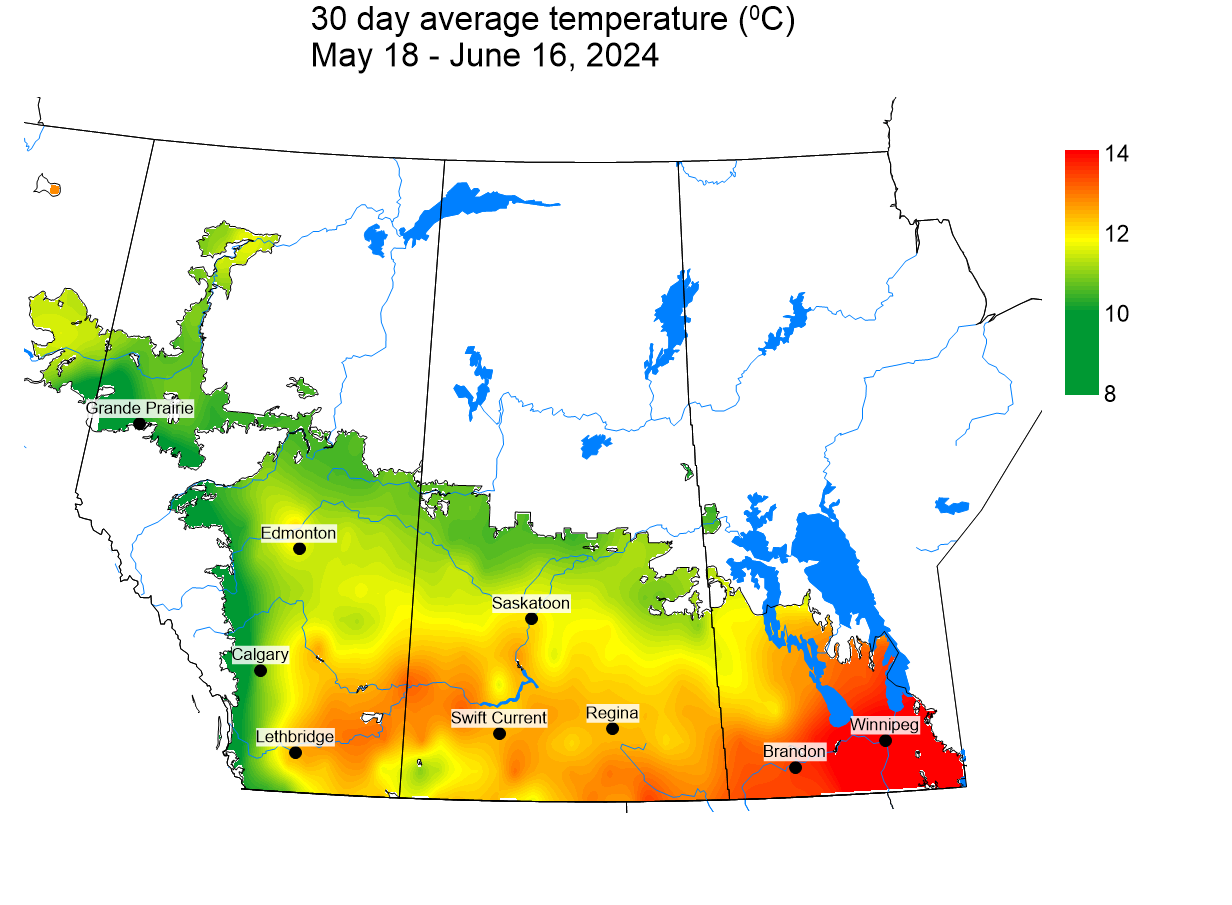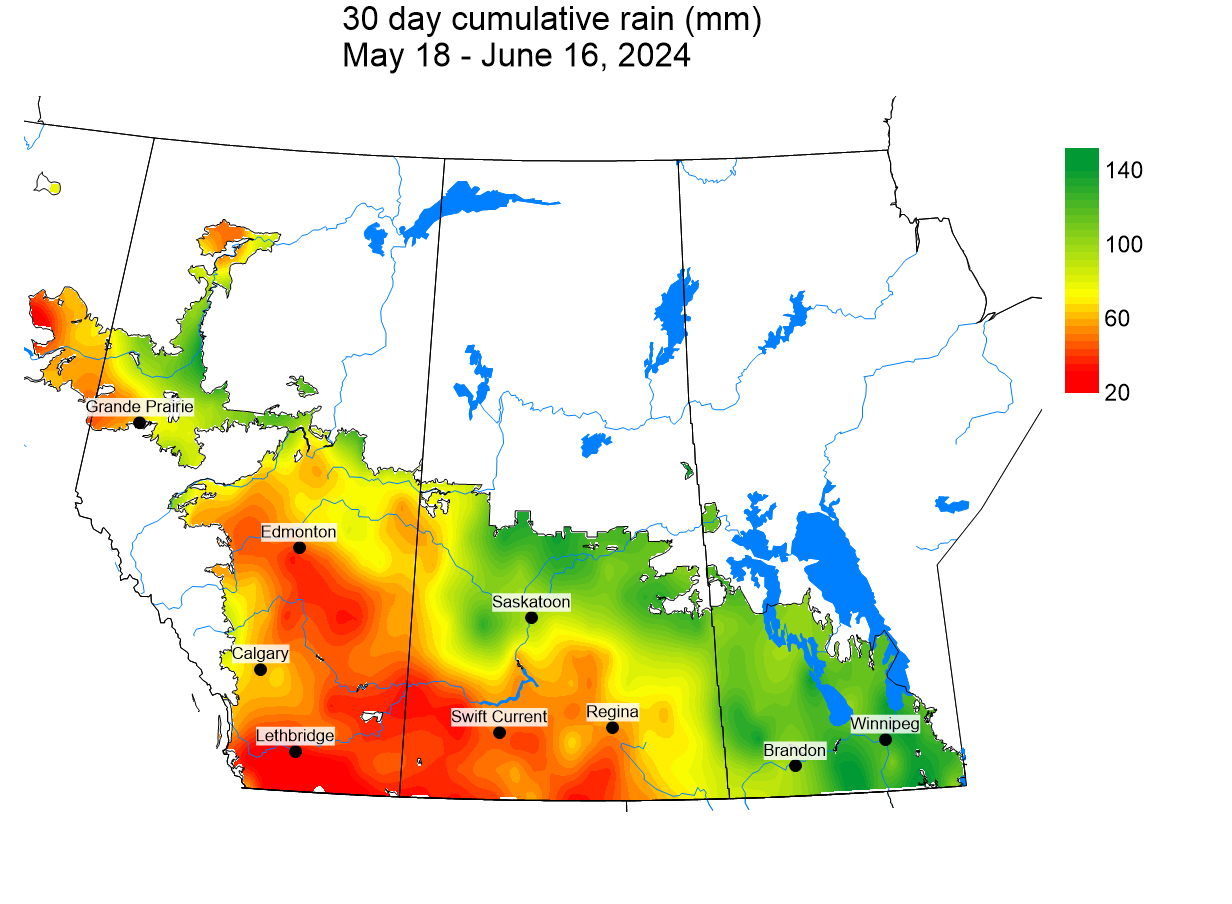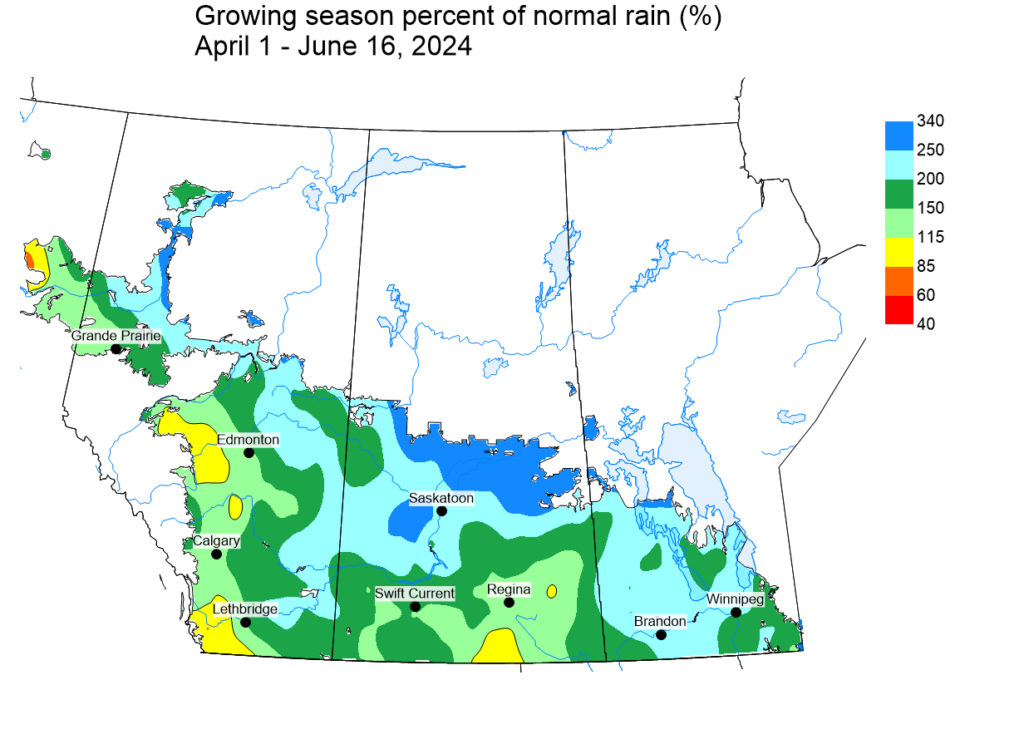Reminder – Last week, the Prairie Crop Disease Monitoring Network (PCDMN) launched a new website at PrairieCropDisease.com. The PCDMN is a coordinated field crop disease monitoring program for the Prairies, focusing on providing timely information about crop diseases and highlighting effective disease management strategies.
“We are really excited to be launching this new website,” said project lead Dr. Kelly Turkington, Plant Pathologist at Agriculture and Agri-Food Canada, Lacombe Research and Development Centre. “The goal of the network has always been to provide important and timely information to growers and agronomists. By enhancing the functionality of our PCDMN Blog, this new website will greatly improve our communication and engagement, ensuring that stakeholders have access to the latest research and disease management strategies.”
The PCDMN is composed of field crop pathologists who conduct research and actively monitor field crop diseases on the Canadian Prairies. The network includes researchers from Agriculture and Agri-Food Canada, Manitoba Agriculture, Saskatchewan Ministry of Agriculture, Alberta Agriculture & Irrigation, and Prairie-based universities.
“The PCDMN is a valuable resource for farmers, agronomists, and scientists,” says Wayne Thompson, Executive Director of the Western Grains Research Foundation (WGRF). “We are proud to have funded the development of this new website. With this launch, WGRF has successfully developed websites for the three major pest monitoring networks in Western Canada—Insects, Weeds, and Disease. These networks play a crucial role in providing the information needed to anticipate and manage major crop threats.”
The PCDMN also provides weekly updates via email during the growing season. The updates alert subscribers to crop disease risks and management. To view the new site and to sign up for weekly updates please visit PrairieCropDisease.com
Many other organizations have been involved over the years to support this valuable initiative with the 2023-2028 funders including Agriculture and Agri-Food Canada, WGRF, Alberta Canola, Alberta Grains, Alberta Innovates, Manitoba Crop Alliance, Manitoba Pulse and Soybean Growers, Manitoba Canola Growers, Prairie Oat Growers Association, RDAR, Sask Canola, Saskatchewan Ministry of Agriculture, Saskatchewan Pulse Growers, and the Saskatchewan Wheat Development Commission.


